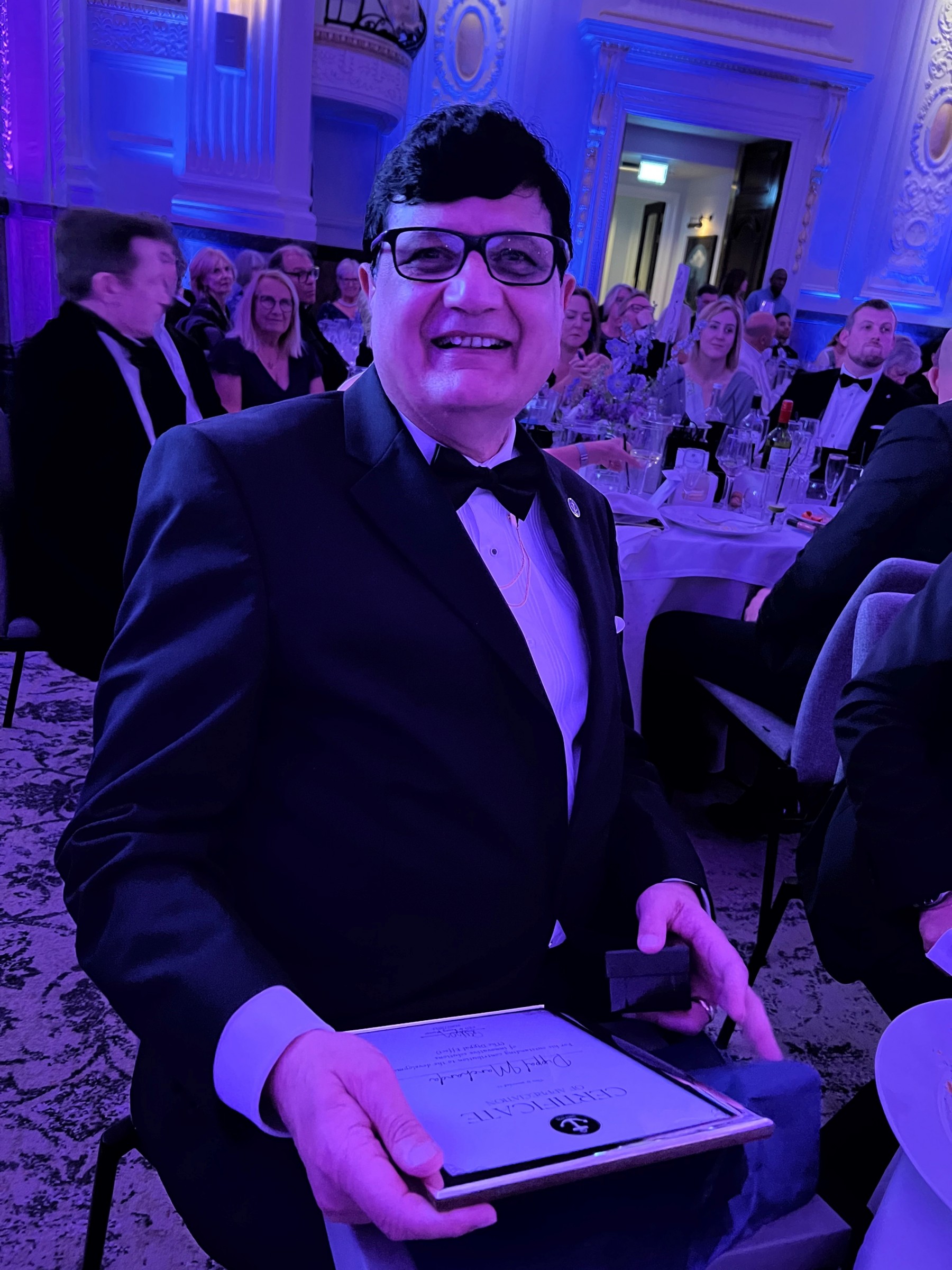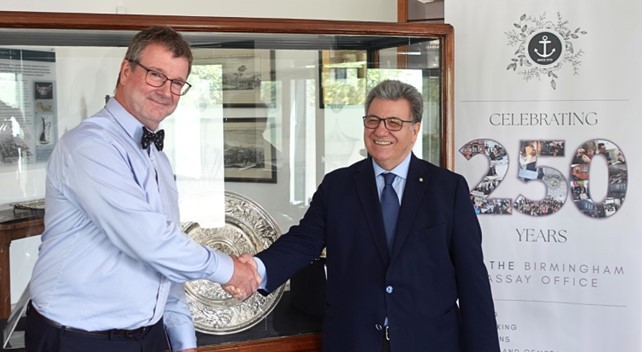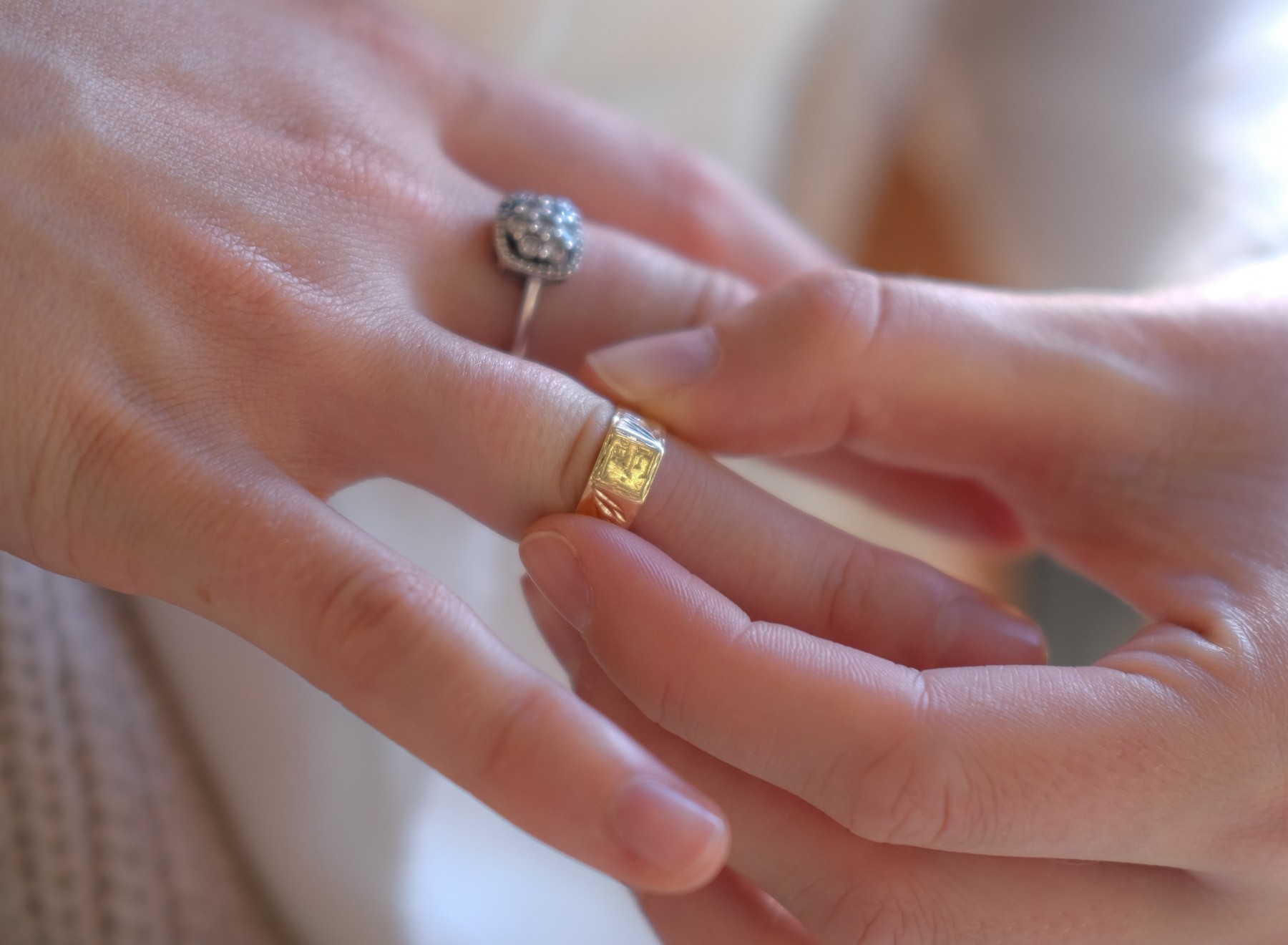Topaz has an exceptionally wide colour range that includes various tones and saturation's of blue, green, yellow, orange, red, pink, purple and most commonly brown. Colourless topaz can also be found, but is often treated by irradiation and heating to give it a blue colour.
Where is Topaz found?
Topaz stones can be found in countries such as the USA, Mexico, Nigeria, Botswana, Madagascar, Afghanistan and Thailand.Quality factors of Topaz
Colour Topaz is allochromatic, meaning that its colour is caused by impurity elements or defects in its crystal structure rather than by an element of its basic chemical composition. The element chromium causes natural pink, red, and violet-to-purple colours in topaz. Imperfections at the atomic level in topaz crystal structure can cause yellow, brown, and blue colour. Brown is a common topaz colour, and is sometimes mistaken for âsmoky quartz.â Topaz is also pleochroic, meaning that the gem can show different colours in different crystal directions.Red is the most sought after of all topaz colours and represents less than one-half of 1 percent of facet-grade material found. The colour the trade calls imperial topaz is highly prized and very rare. Many dealers insist that a stone must show a reddish pleochroic colour to be called imperial topaz. The reddish pleochroic colour often appears at the ends of fashioned gemsâlike pears and ovalsâthat have an otherwise yellow-to-orange body colour.
Clarity Polished topaz gems are often free of visible inclusions or flaws. This is especially true for blue, colourless and yellow topaz. Cut Topaz is cut in a wide variety of shapes including all the standard gem shapes such as ovals, pears, rounds, emerald, cushion, triangle and marquise shapes. You may also see bespoke shapes in designer pieces. Because topaz crystals are usually elongated or columnar, theyâre often cut as long oval or pear shapes. If the rough gem has a strong colour, the cutter often chooses the emerald cut because this style maximises colour and retains the most weight. Because there is an abundant supply of treated blue topaz, itâs often cut into calibrated sizes for use in mass market and multi-stone jewellery. Carat Weight Topaz comes in some of the gem world's largest crystals, the largest been in kilos, not carats. This therefore means the gem can come in various sizes, the smaller ones being inexpensive but prices rise for those above 10 x 8 mm. Quick Facts- Chemical Composition: fluorine aluminium silicate
- Refractive Index: 1.61 to 1.64
- Birefringence: 0.008 to 0.010
- Specific Gravity: 3.50 â 3.60
- Mohs Hardness: 8
To find out more about Gem Identification from AnchorCert Gem Lab, please visit our website www.anchorcert.co.uk or get in touch with the team today on 0121 236 2122.
Your item has been added to the basket
You need to create an account, or login before you can add this item to your basket.














